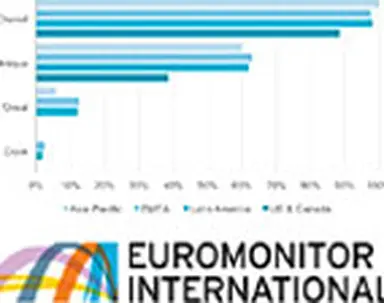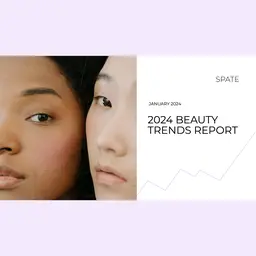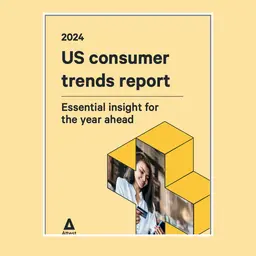
As consumer products expand their global boundaries, it is important to track how luxury brands are perceived across different regions and markets, specifically how these perceptions relate to trends in buying behaviors. To better understand perceptions of luxury brands and luxury brand buying practices, Passport Survey reached out to Euromonitor International’s global network of analysts from 80+ markets.
The perception of brands as luxurious and trends in buying behaviors differ between developed and emerging markets and even between regions. For example, standard, or “affordable” European and American brands that are expanding into newer (often emerging) markets may have the opportunity to position their products as more “up market”. To find out more, Passport Survey asked Euromonitor International’s global network of analysts to categorize selected brands of beauty products, timepieces, and apparel according to their local reputation, as well as the common occasions for which luxury goods might be purchased.
Emerging markets tend to perceive brands as more luxurious
Brands that are generally perceived in developed markets as standard, or affordable, tend to be perceived as more luxurious in emerging markets. Across apparel, timepieces, and beauty products, Latin America is most likely to perceive historically affordable brands as more luxurious, while the US and Canada are more likely to perceive these brands as standard or even economy. There are also additional regional variations within product types. For instance, Swatch has more ‘luxury’ mindshare in EMEA than in Asia Pacific, while Fossil sees the reverse.
Degree of premium/luxury association varies by brand
Across markets, almost all analysts rate Burberry, Rolex, …













